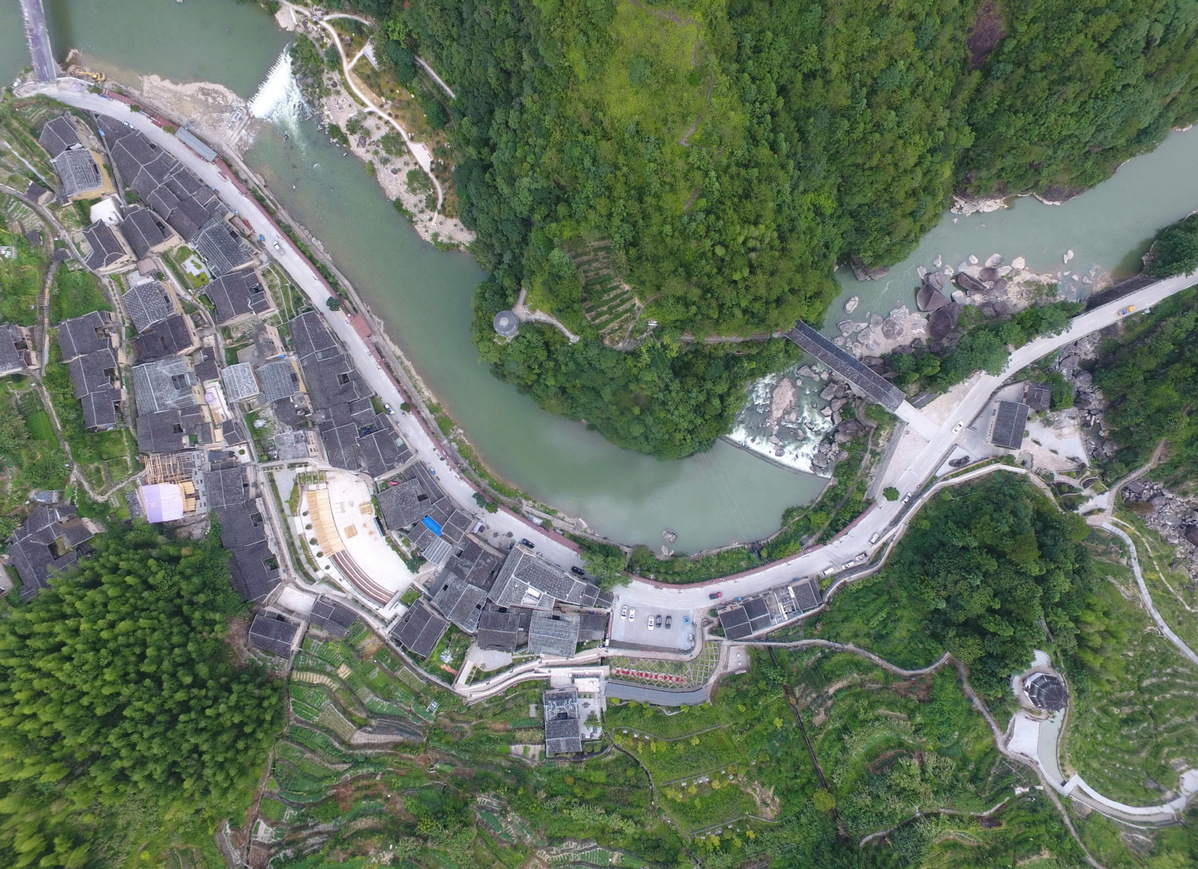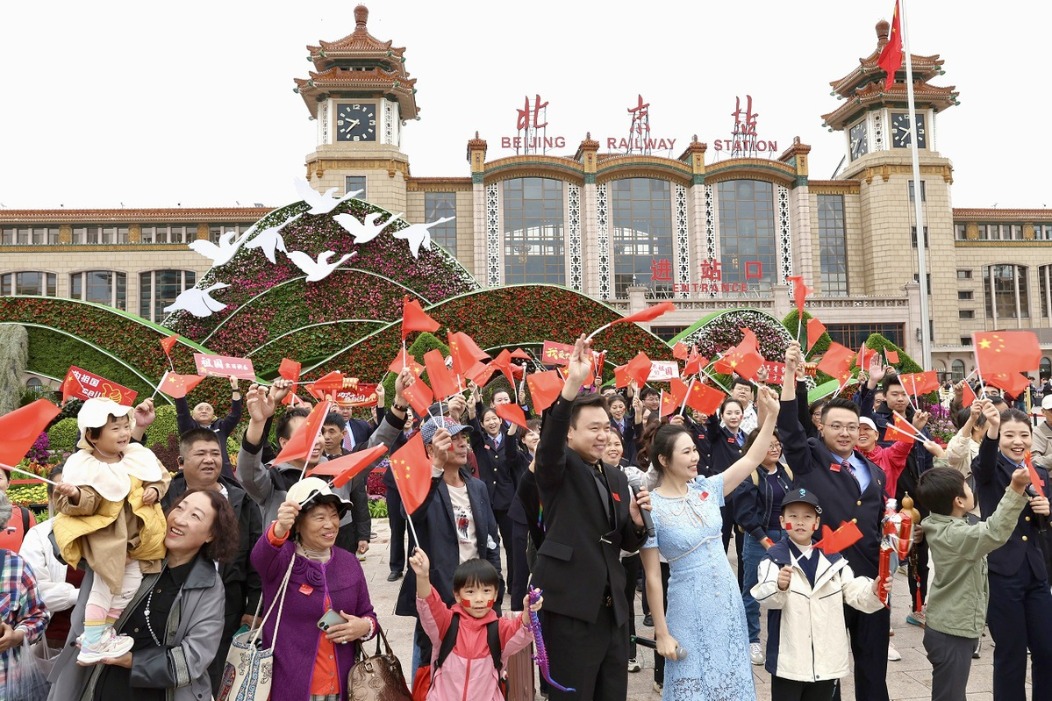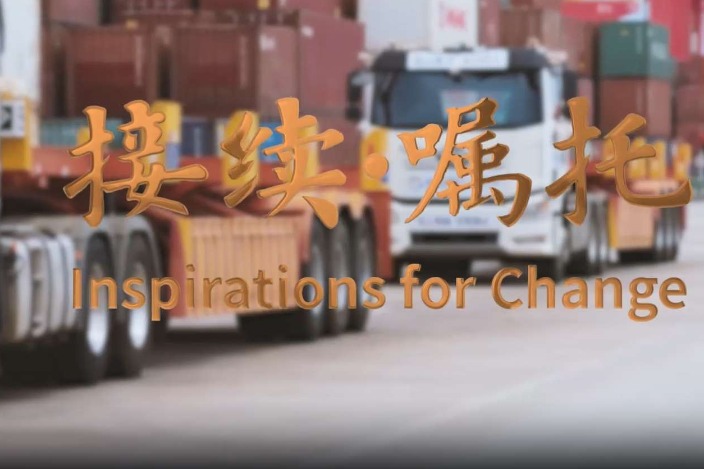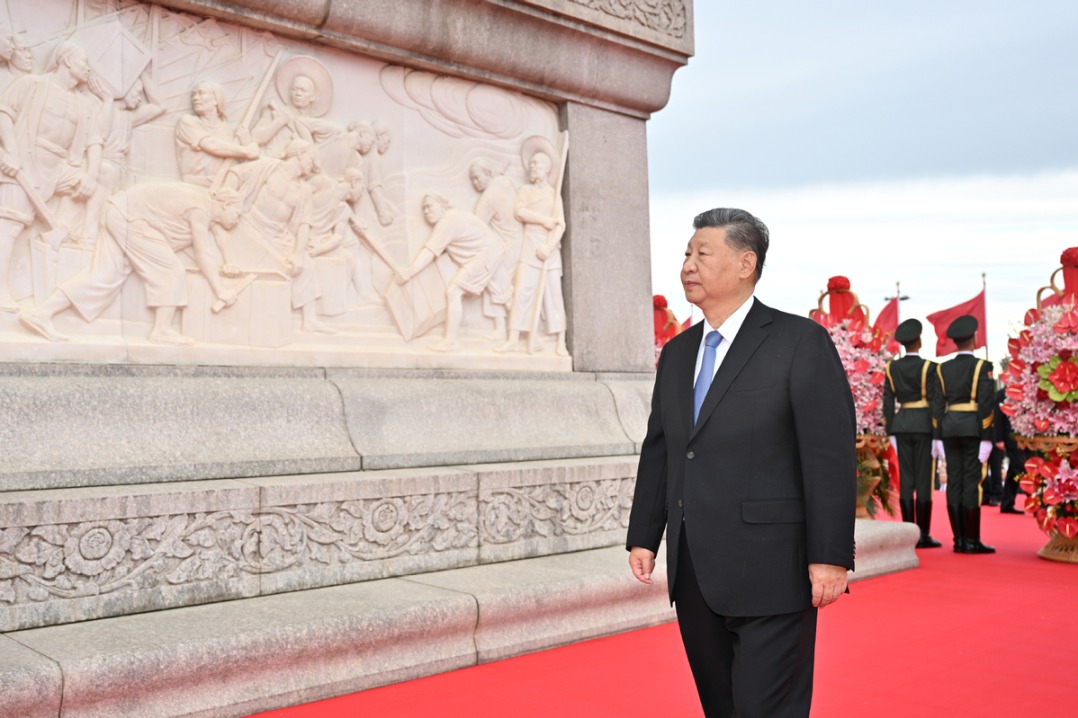China's success in fighting poverty offers lesson for all
By Alessandro Golombiewski Teixeira | China Daily Global | Updated: 2022-03-31 09:21

Poverty is a problem that has long plagued the world. It is a product of increasing economic production without wealth redistribution. With the expansion of capitalism, poverty alleviation has emerged as one of humanity's greatest challenges.
To find ways to address this issue, I began 10 years ago to look at poverty eradication and rural revitalization in China.
Since reform and opening-up, China has lifted about 770 million people out of poverty according to the current standard of the United Nations, accounting for over 70 percent of the global total during this period. From the end of 1978 to the end of 2019, the number of people living in poverty in China dropped from about 770 million to 5.51 million, with nearly 19 million people lifted out of poverty each year on average. The incidence of poverty fell from 97.5 percent to 0.6 percent in this period.
China chose to target the problem of poverty by centering its policies on human development and the promotion of an ecological civilization, rural revitalization and rural-urban integration. The most distinctive feature of China's poverty reduction practice is the State's direction of the social economy. This contrasts sharply with the neoliberal development framework and is endemic to China's development experience. The Chinese government has invested significant human and financial resources in poverty reduction initiatives and has made the fight against hunger and poverty a priority task.
Since 2017, Chinese governments at all levels have sent some 775,000 civil servants to poor villages to support local governments in implementing poverty reduction measures and to monitor progress. In 2019, the central government provided about 126 billion yuan ($19.8 billion) in subsidies for poverty alleviation.
I moved to China four years ago, and during my time living in China, I have seen for myself the daily changes in the cities and witnessed the rapid development of China's economy and society. I was even more surprised by the integration process of China's urban and rural areas, which are full of vitality under the policy of poverty eradication and rural revitalization.
I have visited 27 provinces in China and have been invited by local governments to learn and to help with development issues. However, two experiences stand out. The first was in the Bama Yao autonomous county in the Guangxi Zhuang autonomous region, the second was Xiadang village in Fujian province.
In the Bama Yao autonomous county, I was invited to give advice on the development of the local tourism industry. The county is known as the "hometown of longevity" and is the core area of the Bama Longevity and Health International Tourism Zone in Guangxi.
In the process of promoting poverty alleviation, Bama Yao gives full play to the advantages of its local culture and tourism resources and has taken many measures to develop its tourism industry, achieving remarkable results in poverty alleviation through tourism. Renshou Lodge, one of the key scenic spots, has attracted an annual average of more than 300,000 visitors in recent years. More than 40 households participate in the development of the lodge in the form of sharing land, for which they get dividends, and the lodge provides employment for more than 300 villagers.
In Xiadang village, I was invited to host a documentary on poverty alleviation and rural revitalization. I had the opportunity to interact with local officials and local residents, visited emerging industries and saw the way in which collaboration between the central government, provincial governments, municipalities, communities and companies can improve people's lives.
The cooperation was done with a sense of responsibility and demonstrated how focused integration and modern technology can give good results. I came to understand and appreciate the resilience of the local people, who only got electricity and potable water in the 1990s.
China's poverty reduction strategy is worthy of reference for the majority of developing countries. In the process of poverty reduction, the Chinese government has had a clear overall plan and strategic direction. It has insisted that economic and social development go hand in hand, stimulating economic vitality while insisting on promoting science and technology, education and other development means to revitalize villages and poor areas.
At the level of implementation, China has carried out a policy of precise poverty alleviation, with those involved in poverty alleviation working very carefully to formulate poverty alleviation plans based on specific situations, and using advanced technologies such as big data to enhance the management of funds.
China's practice of eradicating poverty is not just of benefit to developing countries, but also to developed countries as well. As inequality increasingly becomes a social issue, there will be growing resistance to poverty reduction. The agenda of poverty reduction involves the realignment of interests and the allocation of resources and requires a broad and substantial political consensus.
As the pandemic continues to severely test the world's resilience, the future interests of all nations need to be more closely linked to face the challenges that the pandemic continues to pose and to help the millions of people that have been pushed into poverty in recent years. Though the actual situation varies from country to country, China's precise poverty alleviation and bottom-up approach to poverty alleviation can still provide valuable and inspiring experience for other countries.
The author is former minister of tourism of Brazil and a professor at the School of Public Policy and Management at Tsinghua University.
























